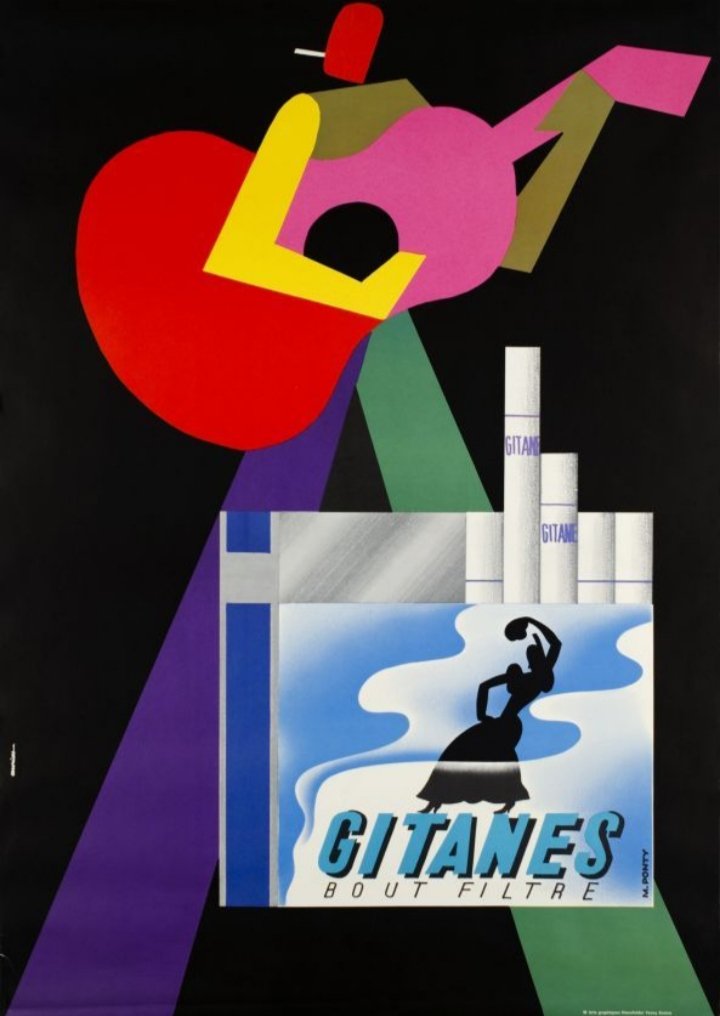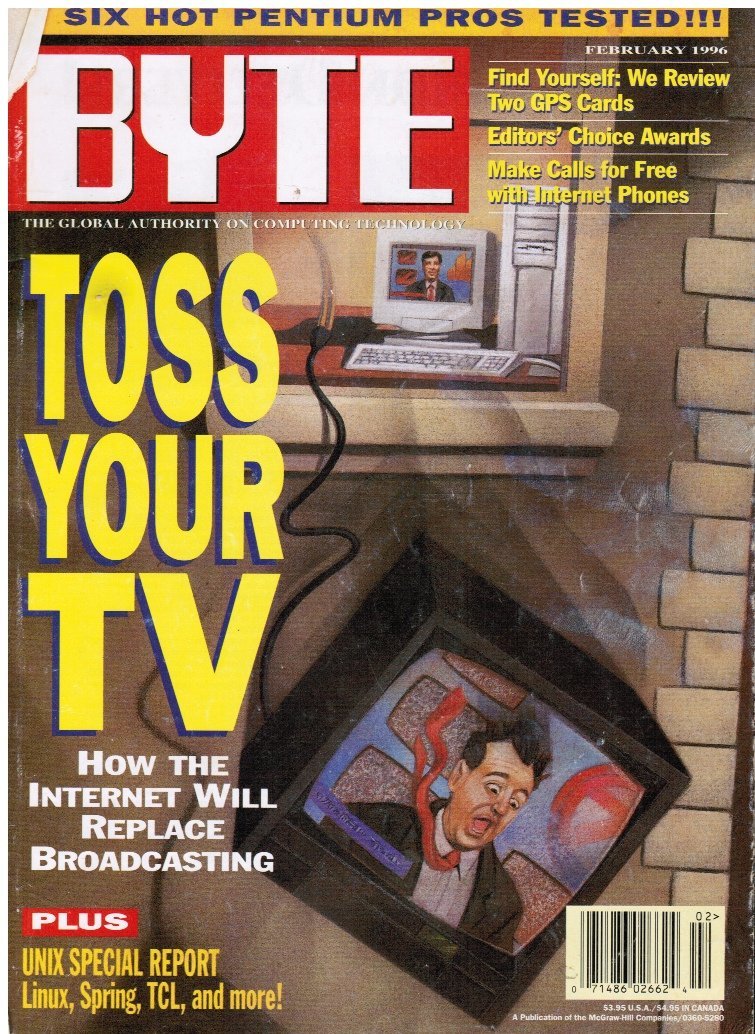
Today in pulp... I look at the lingerie that got us to the moon: the Playtex-made Apollo A7L spacesuit! 

A spacesuit is an astronaut's personal spacecraft: it duplicates all the life support systems of a space vehicle but in miniature. Without it an astronaut would be dead within 20 seconds. 

And an EVA spacesuit has to do a lot of jobs: it protects against the vacuum of space, provides air for breathing, helps to force air into the lungs, expels carbon dioxide, regulates temperature and protects against radiation and micrometeoroids. 

It uses many of the principles of high altitude pressure suits: long underwear beneath a rubber air pressure bladder, with an outer suit of touch fabric with arm and leg joints. Pressurised gas or mechanical counter-pressure is used to assist breathing at altitude. 

NASA's Mercury spacesuit was based on the Navy Mark IV high altitude pressure suit made by B.F. Goodrich. A closed loop breathing system was added, with oxygen pumped in through a hose at the waist. Aluminium coated nylon was used for thermal regulation. 

Whilst the Mark IV worked fine in a pressurised cabin there were still many issues to overcome if astronauts were to walk on the Moon: gloves that allowed the fingers to move, better temperature regulation and an integral life support system would all be required. 

For the Gemini missions NASA adopted the David Clark X-15 high-altitude suit: six nylon layers including a pressurised body bladder, an outer white Nomex layer and a full pressure helmet. Bulkier than the Mark IV it was suitable for EVA use. However cooling was still a problem. 

In a space suit body heat needs to be quickly and effectively removed. Gemini's air cooled system wasn't quite up to it. On the Gemini 9A mission Gene Cernan's helmet began to fog with sweat during an EVA and he nearly lost consciousness from the build-up of heat. 

In 1962 NASA had started a competition for the Apollo space suit contract and data from the Gemini missions helped refine the brief. Both B.F. Goodrich and David Clark bid for the contract.
But there was also a surprise third bidder...

But there was also a surprise third bidder...


Playtex was famous for making bras and girdles, but it was also skilled in precision stitching and making garments that were flexible and tough. Hamilton Standard had contracted them to help on its bid - but dramatically fired them in 1965, wanting all the glory for themselves. 

Playtex still asked to bid for the contract, and was given only six weeks to get its design ready for the competition. The other bidders thought Playtex stood no chance. 

But NASA tests proved otherwise. Rival space suit designs failed to pass the Apollo test: one rival suit's helmet blew clean off when pressurised, another had shoulders too wide to fit in the lunar lander. Playtex took the contract. 

The A7L Apollo spacesuit was a testament to Playtex's expert seamstresses. The foundation garment was a water cooled body suit, an idea borrowed from Britain's RAF that would finally eliminate the overheating issue of earlier suits. 

Next came the Torso Limb Suit Assembly. This was a pressurized suit with constant volume joints at the knees, elbows, and other key areas to enhance mobility. The pressurised helmet also formed part of the suit. 

A 13 layered Thermal Mictometeoroid Garment formed the top layer to protect against external impacts, followed by the polycarbonate Visor Assembly.
Next came the tricky bit...
Next came the tricky bit...

Pressurised space gloves are hard work: they need an intricate mix of miniature bellows, hard joints and restraints to keep the glove's shape under pressure while allowing mobility. They also need to be heated. Many astronauts found that their fingernails fell off as a result. 

Getting into the A7L suit was inelegant: you wriggled in through a zip at the groin. Once inside if you needed the loo you used the inbuilt urine receiver tube, or for bigger payloads the Maximum Absorbency Garment - a space diaper. 

The Portable Life Support System was worn as a backpack. It regulated suit pressure, provided oxygen and removed carbon dioxide, managed suit cooling and voice communications. It had a rounded back in case the astronaut fell over on the Moon, helping him to roll over and get up. 

On Earth the custom made $100,000 Apollo A7L spacesuit weighed 100kg. On the Moon it felt like 17kg. It was an incredible piece of engineering and is now one of the icons of space exploration: one giant leap for sewing.
More stories another time...
More stories another time...

• • •
Missing some Tweet in this thread? You can try to
force a refresh
























